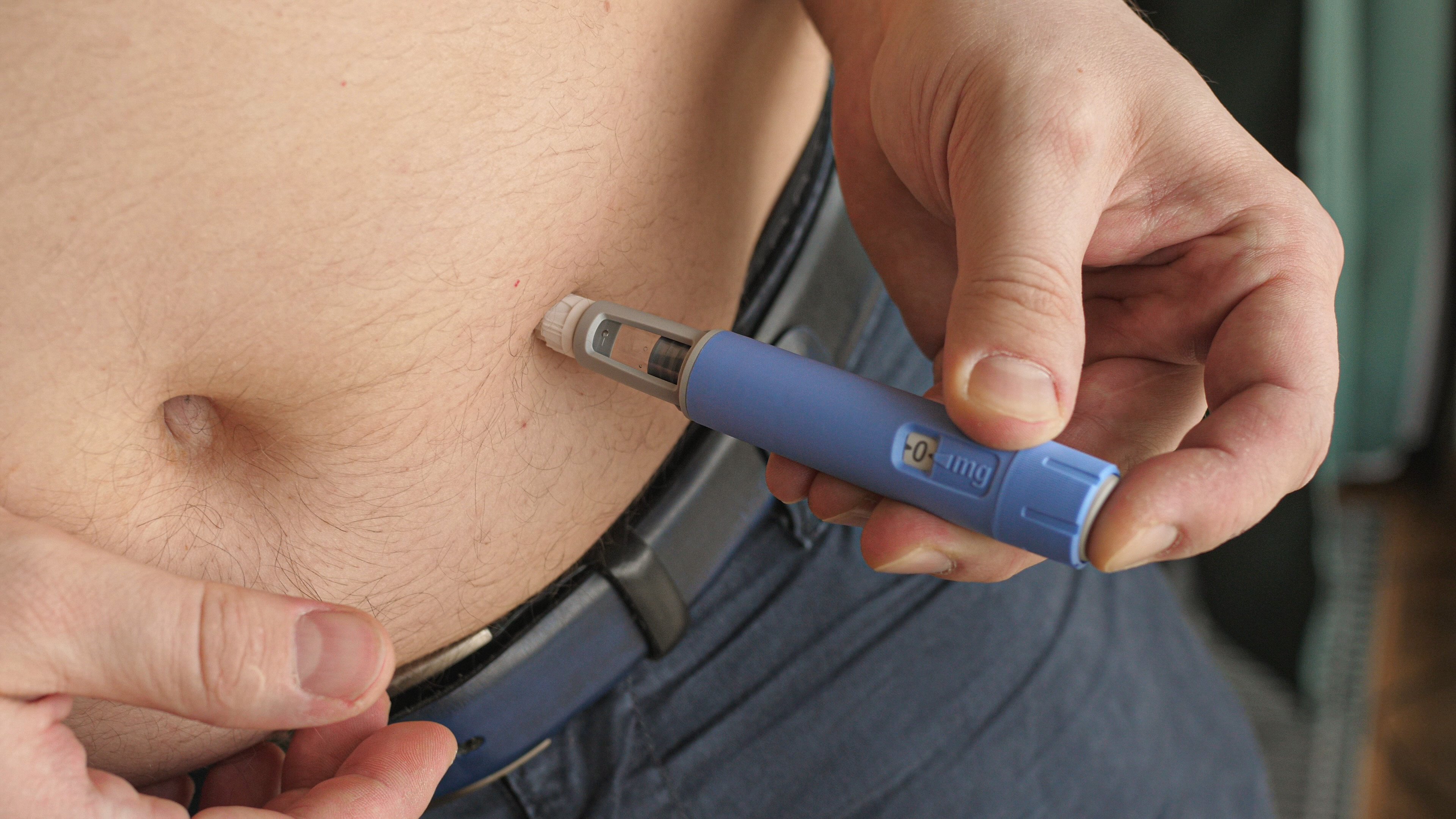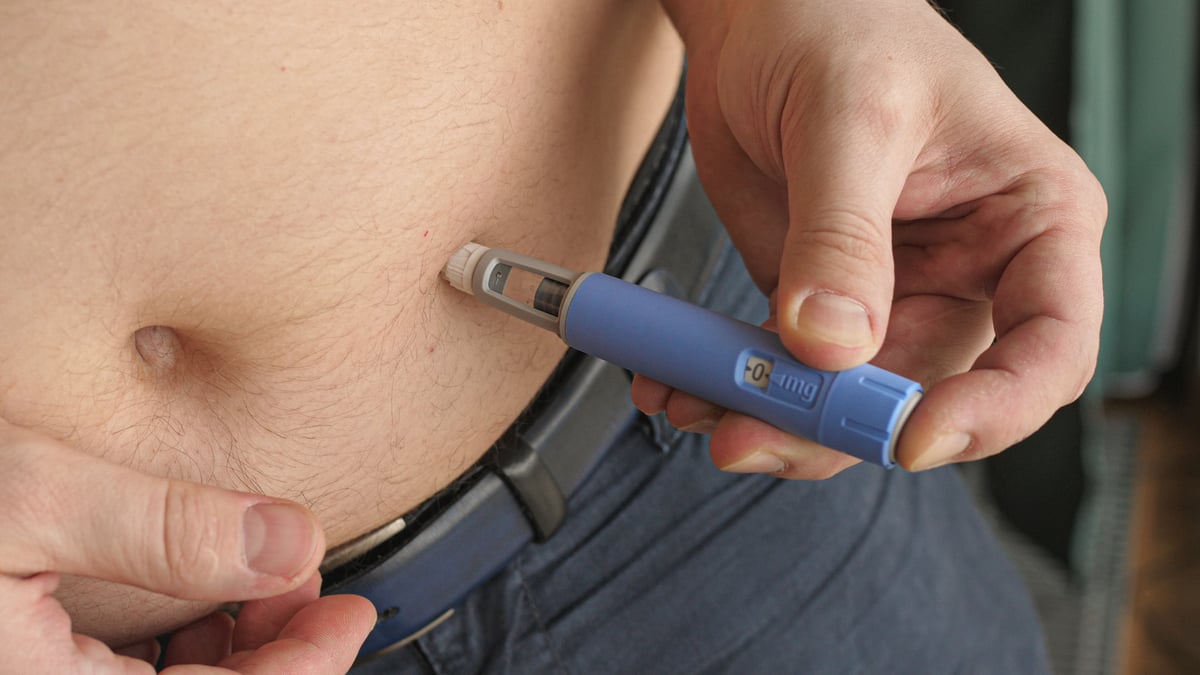Eli Lilly (LLY 0.53%) is one of the pharmaceutical industry's biggest success stories of the past several years. During the 18-month period from the end of 2022 through the end of June 2024, its stock price soared by 147.5% as its weight-management drug exceeded expectations.
Unfortunately, the good times didn't last forever. From the end of June 2024 through Oct. 20, 2025, Eli Lilly stock dropped by 10.7% and investors want to know when they can expect it to recover.
On Oct. 30, Eli Lilly will announce third-quarter earnings results that could lift the stock, or pressure it further. Here are three things beyond the headline numbers that investors should know before trying to evaluate the company's recent performance.

Image source: Getty Images.
1. All eyes are on tirzepatide
Tirzepatide is a dual glucagon-like peptide-1 (GLP-1) and glucose-dependent insulinotropic polypeptide (GIP) receptor agonist. It was first approved to treat diabetes by the Food and Drug Administration (FDA) in 2022 under the brand name Mounjaro. In 2023, the same drug also earned FDA approval for chronic weight management under the brand name Zepbound.
In 2024, combined sales of Mounjaro and Zepbound more than tripled to reach a whopping $16.47 billion. That was enough to drive total revenue 32% higher last year.
Eli Lilly's stock has underperformed over the past year because investors are concerned that unauthorized versions of tirzepatide sold by compounding pharmacies will eat into its share of the market. These fears don't seem well-founded. In the first half of 2025, total tirzepatide sales rose by 121% year over year to reach $14.7 billion.
2. Eli Lilly is made of many pieces that move in different directions
While sales of tirzepatide are surging, not all of Eli Lilly's revenue streams are growing. Trulicity, a GLP-1 treatment first approved to treat diabetes in 2014, was the company's largest source of sales, but it's been losing ground to Mounjaro. Jardiance is another diabetes treatment that's contributing less revenue than it used to.
When it comes to patent protections, drug patents are relatively short-lived. The introduction of generic or biosimilar versions of branded drugs can quickly reduce the revenue those brands generate. To offset the losses, Eli Lilly and its big pharma peers regularly invest today's profits into tomorrow's blockbusters.
Tirzepatide is offsetting several aging products with declining sales. As a result, total second-quarter revenue climbed 38% year over year. This is an outstanding growth rate that Eli Lilly could have trouble maintaining in the years ahead.
This May, analysts at Goldman Sachs reduced their outlook for global anti-obesity drug sales in 2030 down to $95 billion annually from a previous estimate of $130 billion.
Tirzepatide has been a big winner over the past few years because its dual GLP-1/GIP mode of action is more effective at reducing appetite than drugs that only act on GLP-1 receptors. Unfortunately, it's also less easily tolerated. Many patients seeking weight-reduction treatments choose Wegovy from Novo Nordisk because tirzepatide makes them nauseous.
3. Expectations are high
At recent prices, shares of Eli Lilly have been trading for 35.8 times forward-looking earnings estimates. That is a rich multiple for most pharmaceutical companies, but Eli Lilly has raised earnings per share by a whopping 122% over the past three years.
If tirzepatide's growth rate in the first half of 2025 continues for a few more years, investors who buy Eli Lilly at recent prices could realize market-beating gains. That said, they would be accepting a lot more risk than they'd get with most pharmaceutical stocks.
Eli Lilly could lose market exclusivity for Trulicity, a previously popular GLP-1 drug, in the U.S. beginning in 2027. As an approved diabetes treatment, low-cost biosimilar versions will more than likely pressure Mounjaro sales. Off-label prescriptions could pressure Zepbound sales down the road.
Now that the market for GLP-1 treatments has matured, the rapid growth rates investors have gotten used to seeing from Eli Lilly could become impossible to repeat. If tirzepatide sales stumble, and the market begins assuming this company will revert to typical growth rates for its industry, investors who buy at today's prices could get stuck with heavy losses.






